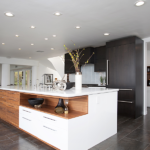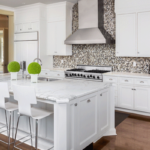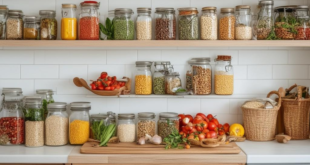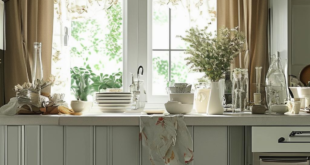Kitchen islands have become a popular feature in modern kitchens, providing both functionality and style to the heart of the home. These versatile pieces of furniture are not only practical for food preparation and storage but can also serve as a focal point for socializing and entertaining guests.
When it comes to designing a kitchen island, there are many factors to consider to ensure that it meets the needs of the homeowner and complements the overall design of the kitchen. From size and shape to materials and finishes, every detail plays a crucial role in creating a functional and aesthetically pleasing kitchen island.
One of the most important considerations when designing a kitchen island is its size. The island should be proportionate to the size of the kitchen and allow for easy movement around the space. It should also provide enough countertop space for food preparation and cooking, as well as storage for pots, pans, and other kitchen essentials.
In terms of shape, kitchen islands come in various designs to suit different needs and preferences. From traditional rectangular islands to curved or L-shaped islands, there are plenty of options to choose from. The shape of the island should complement the layout of the kitchen and enhance the flow of the space.
Materials and finishes are also key elements in kitchen island design. The materials used for the countertop, cabinetry, and hardware should be durable and easy to maintain. Popular choices include granite, quartz, and butcher block for the countertop, while wood, metal, and laminate are commonly used for the cabinetry. The finishes should also complement the overall aesthetic of the kitchen, whether it be modern, traditional, or rustic.
Other design elements to consider when designing a kitchen island include lighting, seating, and storage options. Pendant lights or recessed lighting can provide task lighting for food preparation, while bar stools or chairs can create a cozy seating area for casual dining or entertaining. Storage solutions such as drawers, shelves, and cabinets can help keep the kitchen organized and clutter-free.
Ultimately, the key to successful kitchen island design is to create a space that is both functional and visually appealing. By considering factors such as size, shape, materials, and finishes, homeowners can create a kitchen island that meets their needs and enhances the overall design of their kitchen. Whether it be a sleek, modern island or a cozy, rustic one, a well-designed kitchen island can truly transform the heart of the home.
 Decorationg Interior Design
Decorationg Interior Design






















